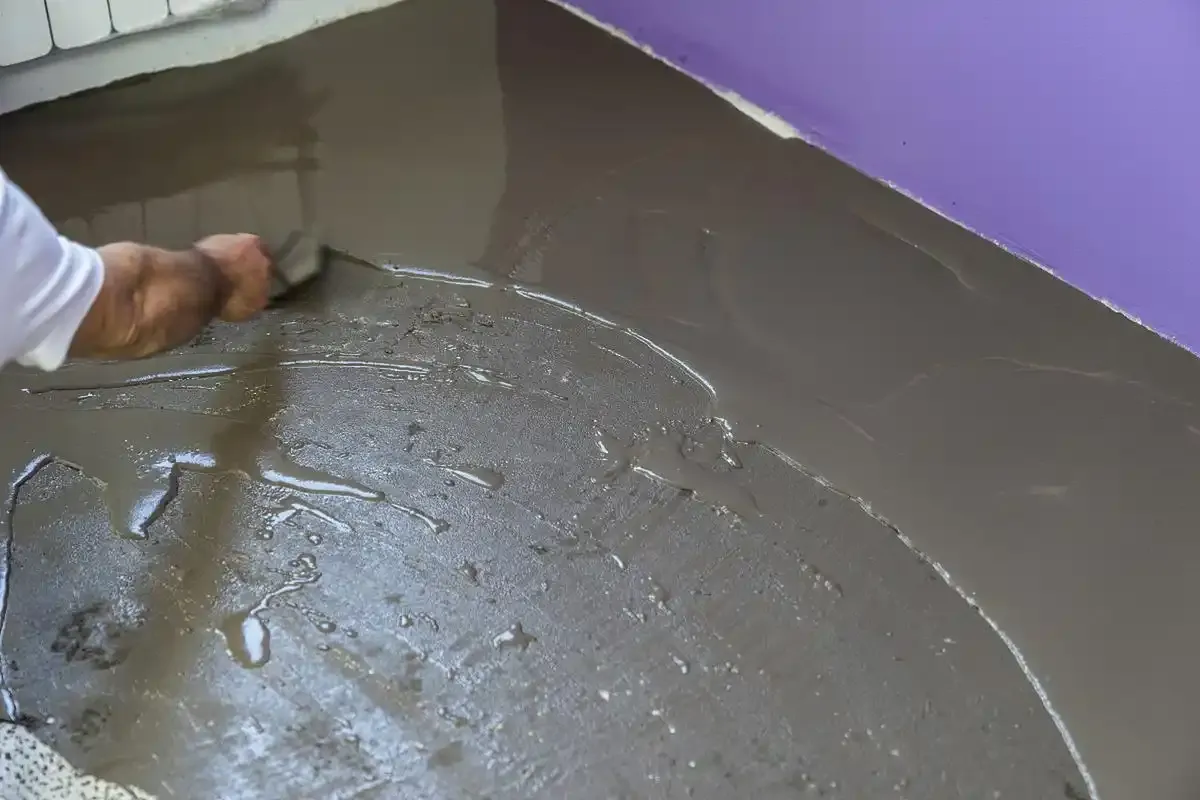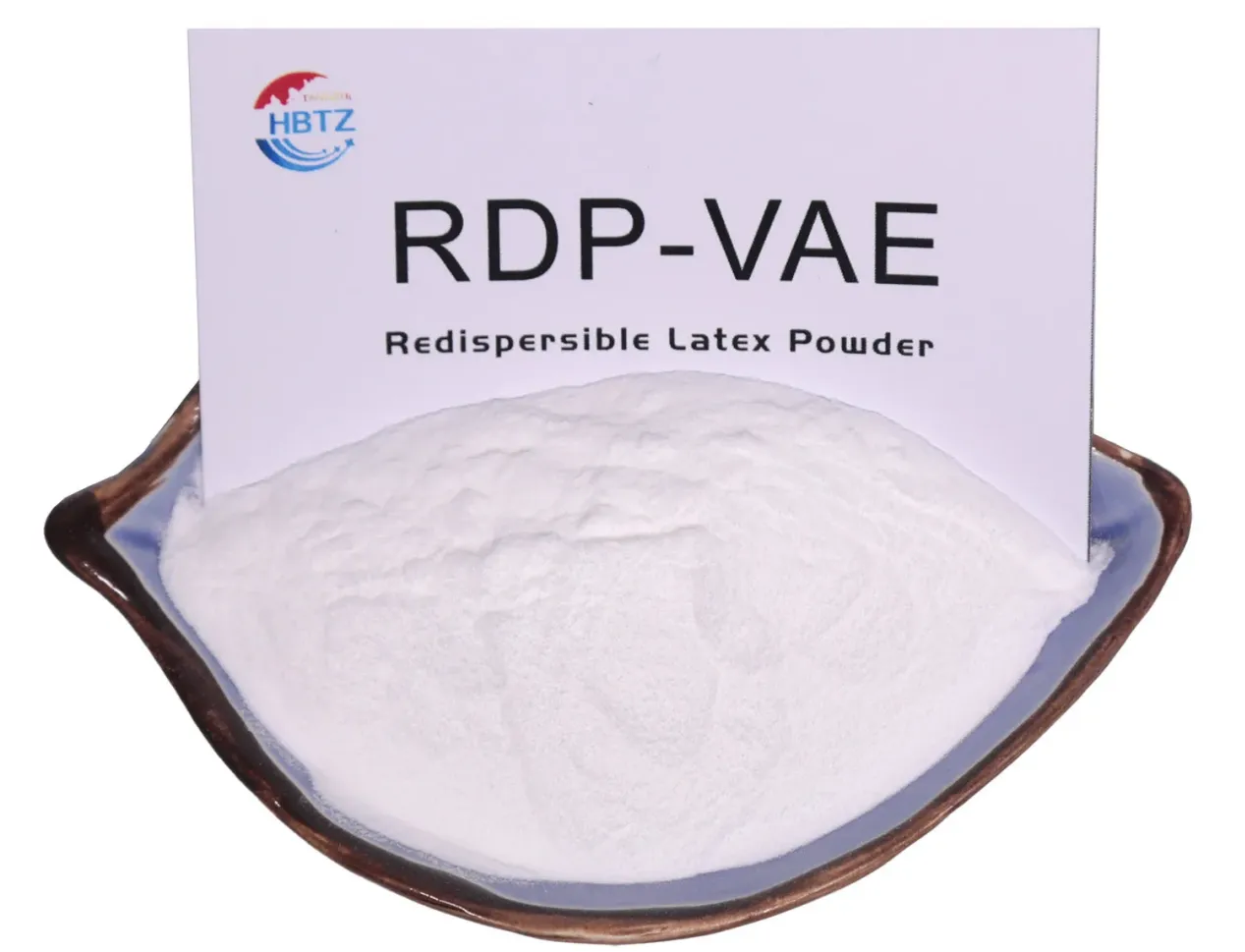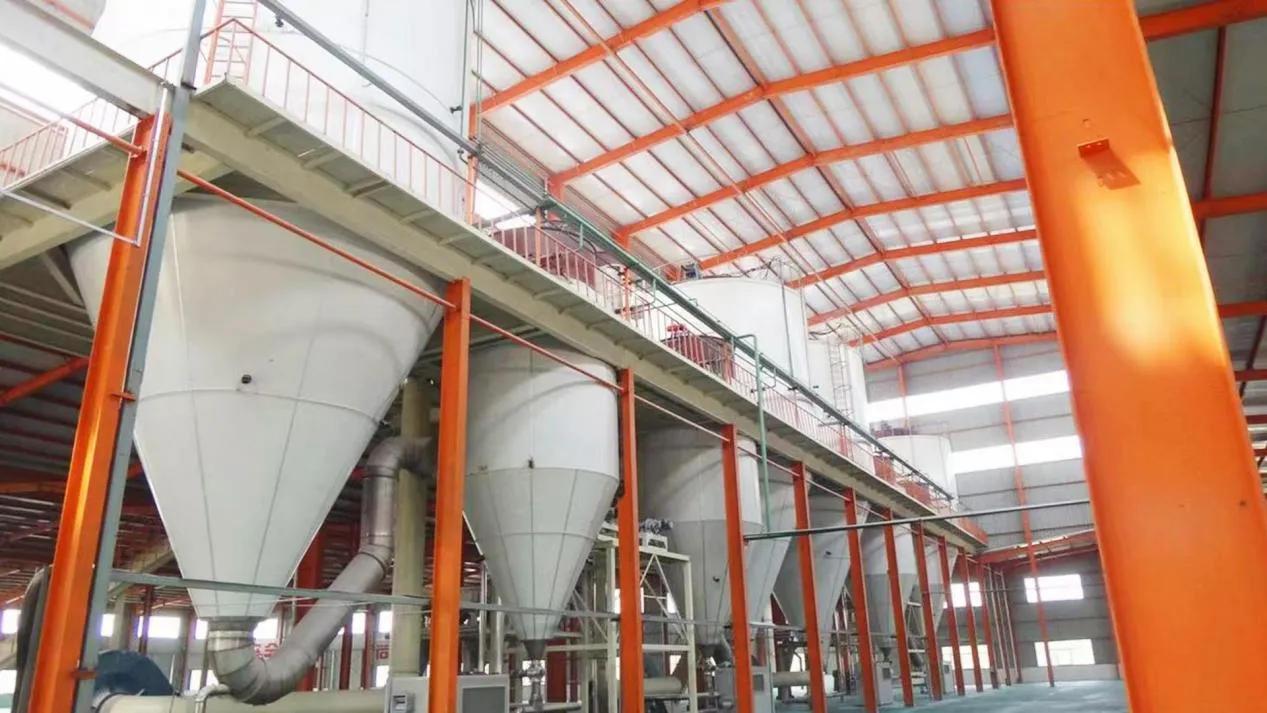
The Role of Redispersible Polymer Powder in Modern Construction
Redispersible polymer powder (RDP) is a crucial additive in the construction industry, widely used in mortars, plasters, tile adhesives, and other applications to improve flexibility, adhesion, and water resistance. As demand grows globally, understanding the types, uses, and market trends of RDP becomes essential for builders, manufacturers, and suppliers.

Understanding Redispersible Polymer Powder and Its Types
Redispersible polymer powder types vary based on the base polymer composition, such as vinyl acetate-ethylene (VAE), styrene-butadiene, or acrylic. Each type serves different purposes in enhancing the properties of cementitious materials. For instance, VAE-based powders are preferred for their excellent adhesion and flexibility, while styrene-butadiene types offer superior water resistance and durability.
Builders often choose redispersible emulsion powder when looking for improved workability in tile adhesives and self-leveling compounds. Similarly, dispersible polymer powder is a key ingredient in exterior insulation finishing systems (EIFS) because of its ability to enhance bonding and reduce cracking.

Global Supply and Market Trends
The global RDP market is evolving rapidly, with new innovations and growing demand in developing regions. Reports show an increase in the redispersible polymer powder market share across Asia-Pacific due to urbanization and infrastructure development.
When sourcing materials, buyers often refer to the redispersible polymer powder HS code for international trade compliance and customs clearance. This ensures smooth import and export processes for contractors and manufacturers.
Reliable redispersible latex powder suppliers are vital for consistent quality. These suppliers focus on providing RDP with superior dispersibility, ensuring easy integration into dry mortar formulations.

Key Applications and Benefits of RDP
The versatility of RDP is evident in its wide range of uses. Common redispersible polymer powder uses include:
Enhancing adhesion in tile adhesives and plasters
Improving flexibility and impact resistance in mortars
Increasing water retention in cement-based products
Reducing shrinkage and cracking in EIFS systems
Manufacturers who produce re-dispersible polymer powder focus on achieving a balance between flexibility, tensile strength, and environmental resistance. These qualities make RDP indispensable in creating durable and high-performance building materials.
5 Product FAQs
What are the main redispersible polymer powder types?
The main types include vinyl acetate-ethylene (VAE), styrene-butadiene, and acrylic-based powders, each with unique properties suited for different applications.
How does redispersible emulsion powder improve mortar performance?
It enhances adhesion, flexibility, and water resistance, making mortars more durable and suitable for high-stress environments.
What is the HS code for redispersible polymer powder?
O redispersible polymer powder HS codeis typically 3905.91, but it’s essential to confirm with local customs authorities for accurate classification.
Who are the leading redispersible latex powder suppliers?
Top suppliers focus on providing high-quality RDP for construction, ensuring excellent dispersibility and consistent performance in dry mixes.
What are the key redispersible polymer powder uses in construction?
RDP is used in tile adhesives, EIFS, plasters, self-leveling compounds, and repair mortars to improve workability, flexibility, and durability.
-
Hydroxypropyl Starch as a Sustainable Construction AdditiveNewsNov.24,2025
-
The Gelation Properties of CMCNewsNov.21,2025
-
Redispersible Latex Powder and Water Retention CapacityNewsNov.21,2025
-
Dosage Control for Polycarboxylate Water ReducerNewsNov.21,2025
-
Film-Forming Properties of Polyvinyl AlcoholNewsNov.21,2025
-
The Function of Gypsum Additives in MortarNewsNov.21,2025





















